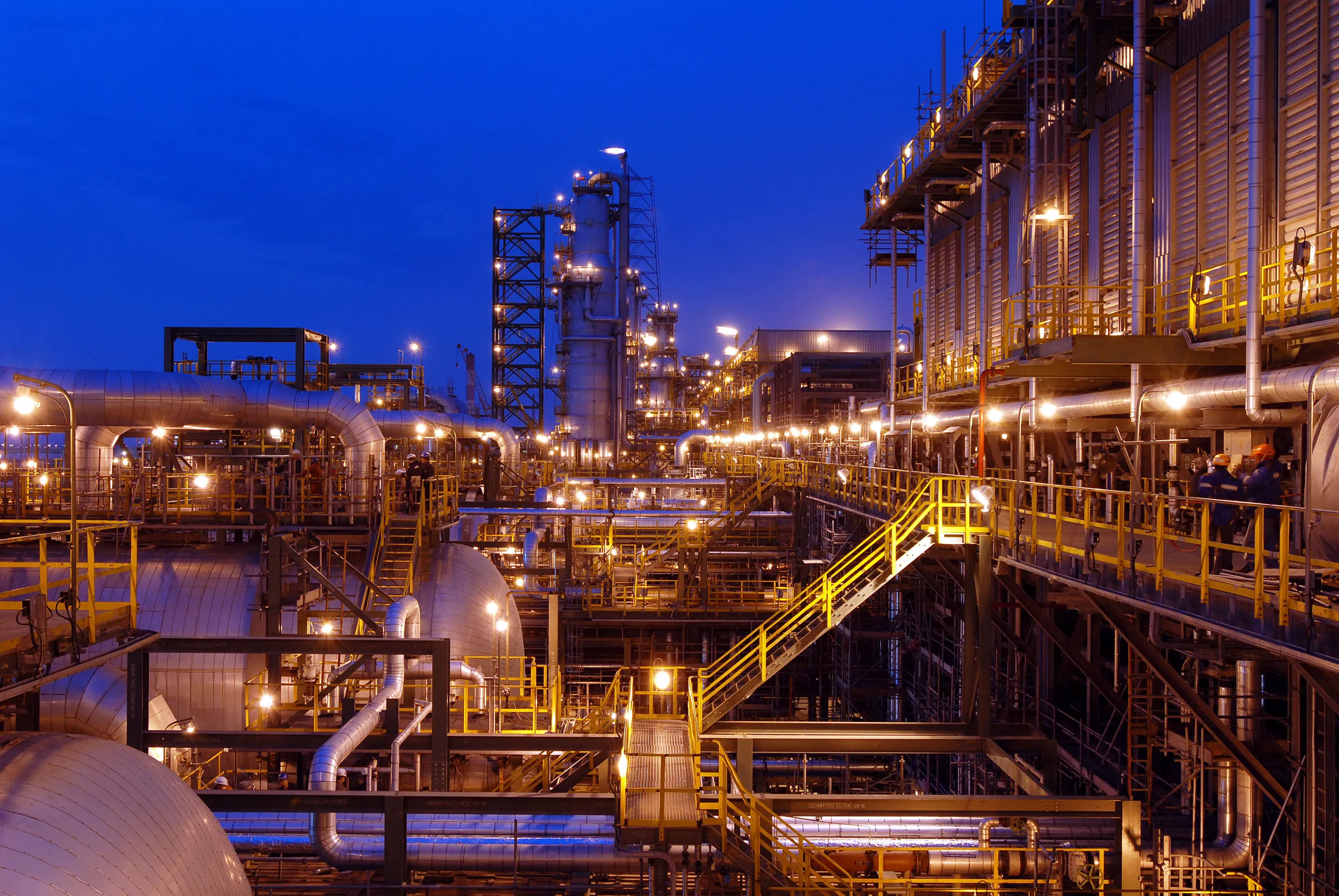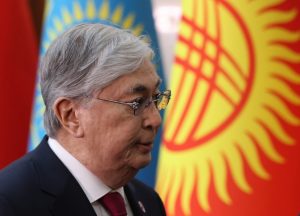Kazakhstan’s state-owned oil and gas producer Kazmunaigas (KMG) is diversifying oil export routes as the conflict in Ukraine continues to threaten its main export route via Russia, Chairman of the Management Board Magzum Mirzagaliyev told S&P Global Commodity Insights.
“Due to the conflict in Ukraine and the resulting consequences, our primary goal is to preserve current export routes and at the same time develop additional routes to diversify export options,” Mirzagaliyev said.
He also voiced concern about the ability of participants in the OPEC+ crude production agreement to regulate oil prices in the face of global crises.
“In 2023, due to the lack of clarity on the resolution of the conflict in Eastern Europe, the epidemiological situation in China and natural disasters in earthquake-prone regions, as well as the functioning of the price cap for Russian oil, OPEC+’s ability to regulate oil prices effectively as before remains in question,” he said.
Export routes
Most of Kazakhstan’s oil passes through Russia, with the Caspian Pipeline Consortium (CPC) accounting for 80% of its exports. The line, which runs to the Russian Black Sea port of Novorossiisk, has suffered several disruptions since Russia invaded Ukraine in February 2022. It remains exposed to weather, security and geopolitical risks.
“Objectively, additional routes will not be able to replace such a large oil pipeline as the CPC, but they will be a reliable addition to the existing transport system,” Mirzagaliyev said.
KMG estimates that it will export 60 million mt through the line in 2023 and 68 million mt in 2024. Kazakhstan sees the Baku-Tbilisi-Ceyhan (BTC) pipeline as the most promising option for redirecting flows. It has already signed a supply agreement for up to 1.5 million mt/year of oil to the Sangachal terminal with subsequent pumping through the BTC, with a further increase in volumes to 6 million-6.5 million mt. Oil is being shipped via the route to the 6 million mt/year Petromidia refinery in Navodari, Romania, owned by KMG International and the Romanian government.
Mirzagaliyev said that increasing deliveries via BTC requires expansion of the Caspian tanker fleet and the port of Aktau. Kazakhstan has established a joint venture with Abu Dhabi Ports to create a fleet to support offshore projects in the Caspian Sea, as well as a tanker fleet.
Kazakhstan is also in talks to increase its deliveries to China. It currently supplies over 80,000 mt/month to China, equivalent to around 20,000 b/d. Mirzagaliyev said that the route could take up to 20 million mt oil/year, or around 400,000 b/d, but bottlenecks need to be eliminated.
Kazakhstan will continue to be heavily dependent on exports via Russia in the near term. It plans to export 71 million mt in 2023, equivalent to around 1.43 million b/d. Of this, 97% will be exported via Russia, Mirzagaliyev said.
Kazakhstan is adding to its export routes via Russia. It launched oil shipments to Germany through the Druzhba pipeline in February, and plans to supply 1.2 million mt via the route in 2023.
Changes to export routes come at a time when Kazakhstan is producing below its quota in the OPEC+ production agreement. It produced 1.6 million b/d in April, according to the latest Platts Survey produced by S&P Global Commodity Insights, compared to a quota of 1.628 million b/d. Output in Kazakhstan has been below quota since March 2022 – the month after Russia invaded Ukraine.
The group next meets June 4 to assesses oil market conditions and forecasts, and discuss oil production quotas.
Price dynamics
Mirzagaliyev said that oil prices of $80-90/b are necessary to ensure industry stability.
“Overall, we believe that the oil price range around $80-90/b sustains the oil and gas industry in a more or less stable position provided that other factors remain unchanged,” he said.
Oil prices are currently hovering around $75/b. Platts, part of S&P Global Commodity Insights, assessed Dated Brent at $76.90/b on May 23.
Russia’s invasion of Ukraine has had a profound impact on pricing of crude from Kazakhstan. Sanctions on Russia resulted in significant discounts on Russia’s key crude grade Urals, which also includes some crude from Kazakhstan. To mitigate the impact of this, from June 2022 Kazakh oil shipped from Russian ports as Urals was branded KEBCO, and in November 2022 Platts started publishing KEBCO assessments.
“The introduction and official use of KEBCO allows us to direct Kazakh oil to any sales markets, promotes the development of additional transportation routes and obtaining corresponding permits,” Mirzagaliyev said. Platts assessed KEBCO at a 10 cent/b discount to Dated Brent on May 23. Meanwhile Urals was trading at a discount of $25.35/b to Dated Brent.
KEBCO exports have more than doubled since first branded in June last year, with about 70% of the crude shipped to Italy and Romania. .
Mirzagaliyev said that KMG has introduced sanctions clauses into basic cooperation agreements with Russian partners as part of wider policies and mechanisms to identify and monitor the impact of sanctions risks.
As Kazakhstan adopts alternative crude export supply routes, it is also aiming to reduce the carbon intensity of its economy. Kazakhstan is targeting a reduction in greenhouse gas emissions to 15% below 1990 levels by 2030, and to reach carbon neutrality by 2060.
“Of course, this will not be straightforward, as our reliance on traditional energy is significant. However, Kazakhstan has huge renewable energy potential too, particularly wind, which can form the basis for a low-carbon future,” Mirzagaliyev said.
SPGGlobal




